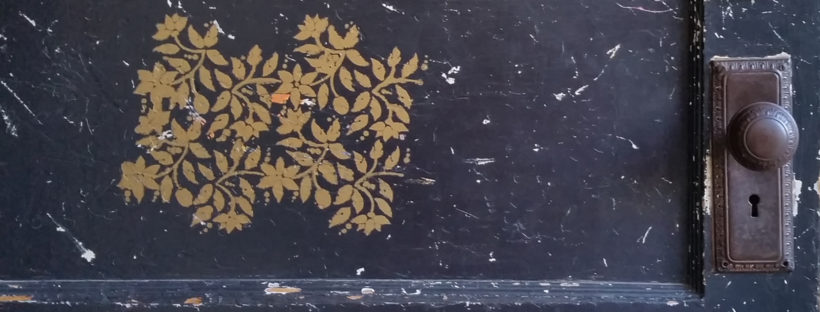• • • • • • • ► Meet Jennifer Cook-DeRosa
I was doing college research on DegreeForum.net when I first learned about author Jennifer Cook-DeRosa. Because she was both a parent and someone who had earned a bachelor’s degree in social sciences using distance learning techniques, she had experience coaching her teens in earning college credit as well as taking credit-by-exam tests. (Cook-DeRosa has since gone on to earn her master’s degree.) I appreciated her regular posts pertaining to Thomas Edison State University, accreditation, and credit-by-exam tests such as CLEP.
In 2012, Cook-DeRosa published Homeschooling for College Credit. This 200-page book guides parents through implementing courses worth college credit into their high school students’ schedules. She begins the book by encouraging parents that teaching high school is doable and then lists some foundational, but critical, information about college courses.
• • • • • • • ► Transferring College Credits
One of the most memorable stories she shares is how the credits she earned for her AOS (Associate in Occupational Studies) in Culinary Arts did not transfer when she went back to college later in life. Not being able to transfer credits was one of my fears about distance learning, and Cook-DeRosa explains how to avoid this (see chapter 3).
Another helpful tool in Homeschooling for College Credit is her four-year high school planning templates. These are designed to schedule credit earning into your high schooler’s curriculum while meeting the requirements for high school at the same time. Essentially, they’re dual credit plans.
Later in the book Cook-DeRosa covers test resources, test-taking skills, making a high school transcript, paying for college, and taking your credit to a college. Also provided is a list of things she prefers in a college and ten colleges that meet those preferences.
• • • • • • • ► A Valuable Resource
Throughout the book, Cook-DeRosa’s experience as a parent of homeschooled children and as a distance learner give the reader plenty to absorb and put into use. Her love for learning, stretching the family’s dollar, and helping other parents jump-start their teen’s college education make this book a handy resource.
For more information about Homeschooling for College Credit, you can preview the book on Amazon.com and visit the Homeschooling for College Credit Facebook page, which is updated regularly with tips and distance learning news.
This is an unsponsored review to share a book I found helpful.
![]()



